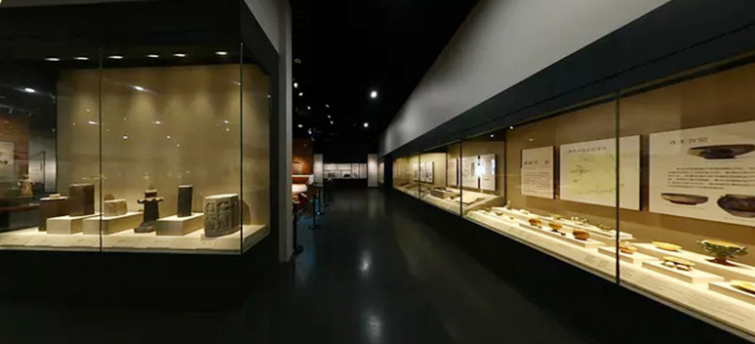Driven by the wave of digitisation, high-end display technology has become increasingly important, not only for the quality of visual experience but also as a key factor affecting the performance of devices. In this context, anti-deformation low-reflection glass has become a breakthrough in the field of high-end displays thanks to its desirable optical properties and outstanding physical properties. This advanced material not only dramatically improves the image clarity and visual effect of display devices, but also enhances the durability and environmental adaptability of the devices.
Anti-distortion low-reflection Glass is a multi-layer composite glass manufactured through a precision process. At its core is a layer of high-purity silicate glass, which is formed into a substrate with extremely high hardness and good stability through special melting technology and a rapid cooling process. On this basis, multiple layers of functional films, including anti-reflective, anti-scratch and environmental protection layers, are deposited on its surface using chemical vapour deposition or physical vapour deposition techniques. These coatings are precisely designed to maximise light transmission and minimise light reflection.
The main characteristics of anti-deformation low-reflection glass are its extremely low reflectivity and desirable resistance to deformation. By coating the surface with materials with a low refractive index, such as indium tin oxide or magnesium fluoride, the reflection of light during penetration is significantly reduced, thus increasing light transmission. This enables the glass to provide a clear, bright visual experience in all lighting conditions. In addition, with the help of ion exchange technology, a compressive stress layer is formed on the surface of the glass, which greatly improves its resistance to deformation and ensures that flatness consistency and image integrity are maintained even under external forces.

In high-end display applications, anti-deformation low-reflection glass is favoured for its unique properties. In smartphones, tablet PCs, high-definition TVs and professional monitors, this type of glass enables screens to display more vivid and clearer images, while greatly reducing glare and reflections caused by changes in ambient light, enhancing the user's visual comfort. It is also becoming increasingly popular for use in car navigation systems, aviation displays, and high-performance touch screens.
The environmental adaptability of anti-deformation low-reflection glass is also an important reason for its widespread use in high-end displays. The glass can withstand temperatures ranging from cold to heat and is resistant to the effects of humidity, UV rays, and chemical corrosion. This improved durability not only extends the service life of the display equipment but also reduces maintenance costs, making it ideal for demanding application scenarios such as outdoor advertising screens and traffic indicator screens.
The application of anti-deformation low-reflection glass is not only limited to improving the visual performance of existing display technologies, it is also driving the development of new display technologies. For example, with the rise of flexible display and foldable screen technologies, the desirable flexibility and impact resistance of this glass makes it an ideal material for realising these new technologies. Looking ahead, with the continuous advancement of nanotechnology and materials science, the performance of anti-deformation low-reflection glass will be further improved, and its application in the field of high-end displays will be more extensive and in-depth.
The emergence of anti-deformation low-reflection glass is a breakthrough in the field of optical engineering and materials science, which not only provides a new material choice for high-end display technology but also leads the development trend of future displays. As this technology continues to mature and become more widely used, we have reason to believe that future display devices will be clearer, more durable, and able to provide an desirable visual experience in a wider range of environments.





